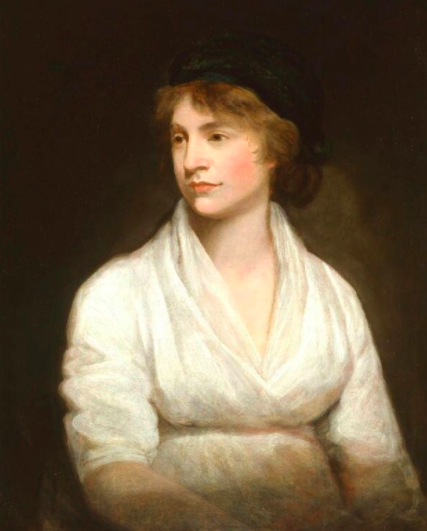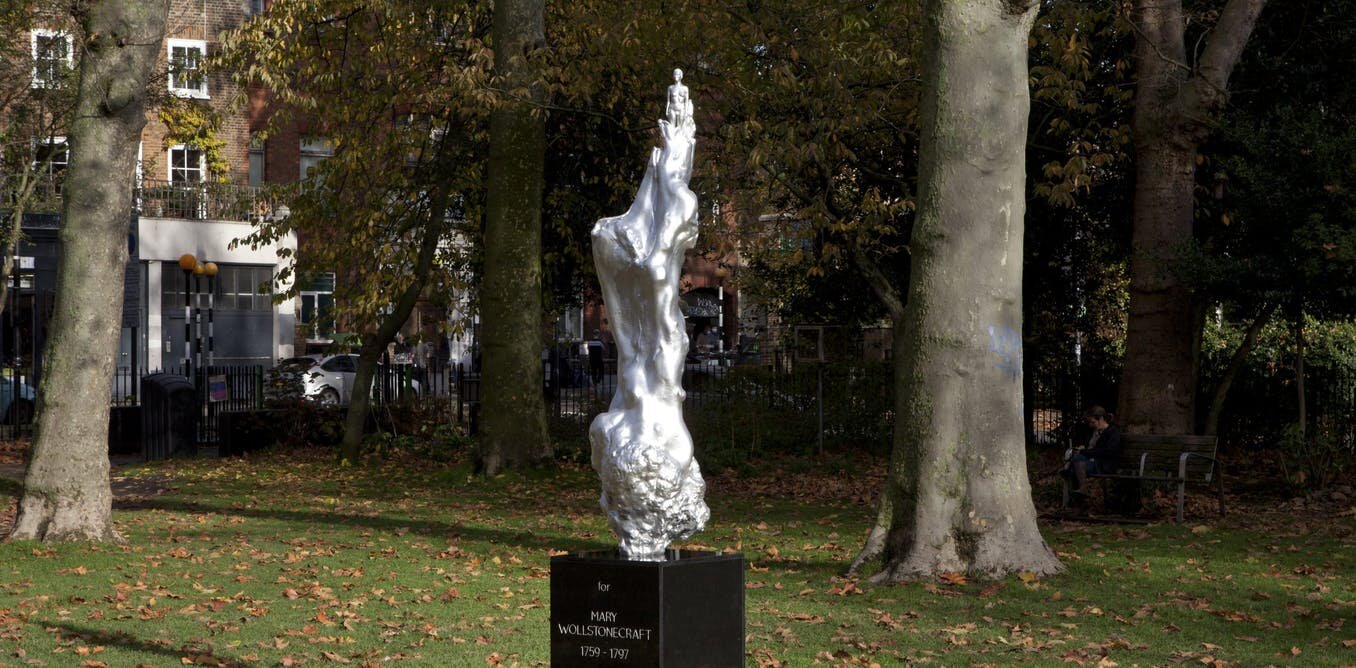Girl Crush: Mary Wollstonecraft
It will never cease to amaze me that women like Mary Wollstonecraft could be so strong when times were so tough. That women like her, who lived during the 1700’s, still strived to have a voice when some women here in 2021 still don’t have that voice.
An English writer, Mary was hugely passionate about education and gender equality, she believed in a society that allowed women to have the same opportunities as men. In fact, she outlined her beliefs on this extensively in A Vindication of the Rights of Woman (1792), work that is often considered as one of the earliest feminist writings.
To give a bit more context as to why we’re crushing on Mary, I’m going to have to take a dip into her past. A former teacher and governess, she joined Joseph Johnson publishers in London originally as a translator but soon was publishing her own writing, including her own novel Mary: A Fiction. Later in 1792, she published A Vindication of the Rights of Woman, which in summary, addressed her views on society’s pigeonholing of women to be mothers and wives, and advocated for girls to be educated in the same way as boys. According to Mary, this would not only a more equal society but in women being able to have more professional working jobs. It was a call to politicians to severely reform their outdated and unfair educational systems. As you’d imagine, this kind of writing was not well-received at the time and failed to bring about significant change.
In her personal life, Wollstonecraft married Captain Gilbert Imlay in 1794, and had a daughter named Fanny. However their relationship soon ended and a year later, she attempted suicide after the demise of the marriage. In 1979, she became pregnant with the child of William Godwin who she married, however Wollstonecraft sadly died 11 days after the birth of their daughter (esteemed writer Mary Shelley, who later went on to pen Frankenstein).
Image from The Conversation
More recently, you may have heard Mary Wollstonecraft’s name in news headlines around the UK when a statue created by Maggi Hambling commemorating her was recently erected in Newington Green and caused quite a controversy. With over 90% of London’s statues commemorating men, there’s an element of pride that a statue of Mary has been created in her name so many years after she made her mark on the world. The controversy though came though as a result of the type of statue that was chosen; a naked, headless, artistic silhouette. Whilst the vast majority of British statues of men show a likeness to the person they are commemorating, this statue was supposed to only be ‘a tribute to’ Wollstonecraft, rather than physical representation.
Personally, I am torn. On the one hand, as a tribute to her, it shows her liberating spirit in its sense of individualism. In the way it stands out. On the other, it frustrates me that we have to commemorate or pay homage to an incredible woman with a statue without clothes. With a statue that lacks the identity (and the head) of the woman it is paying a tribute to. Is the fact that the statue doesn’t adhere to typically male versions of statues and commemoration empowering and a representation of Mary’s ideals and philosophy? Or is it making a mockery of a woman who is often hailed as the mother of modern feminism?


